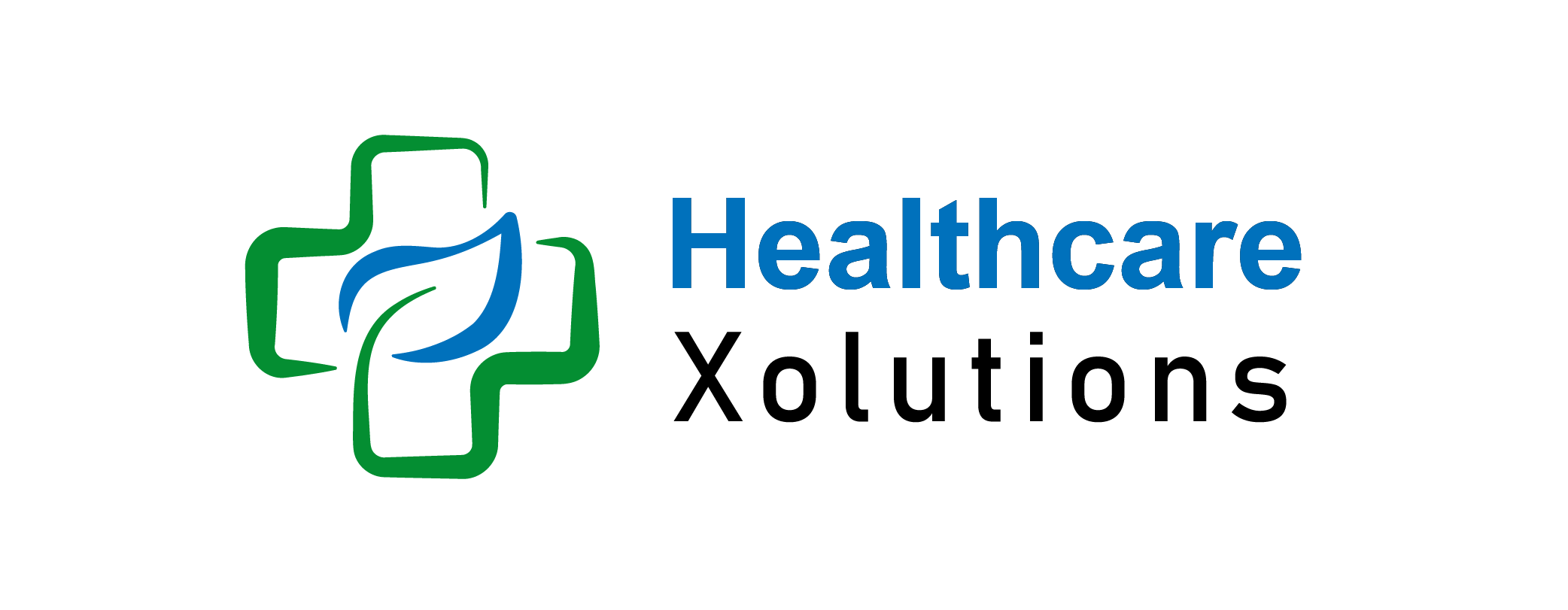Future Trends in ACA Marketplace Premiums

The Affordable Care Act (ACA) has transformed the health insurance landscape in the United States, offering millions access to affordable coverage through the ACA marketplace. Yet, one of the ongoing challenges for consumers and industry stakeholders alike is the rising cost of premiums. The future of ACA marketplace premiums is being shaped by several critical factors from policy adjustments to market dynamics and healthcare innovations.
This article provides a look at the key future trends in ACA premiums in the coming years.
Key Takeaways:
- Premium Stability and Variability: Future trends in ACA premiums are expected to show both stability and variability depending on regional healthcare costs, insurer competition, and government policy changes.
- Impact of Policy Changes: Changes in government policy, particularly those related to healthcare subsidies and the regulatory environment, could significantly influence premium costs.
- Influence of Insurer Competition: Increased Competition among Insurers Future trends in ACA Premiums is predicted to potentially drive down premiums.
- Technological Advancements: Advances in healthcare technology that improve efficiency and patient outcomes may help in controlling premium rises.
- Demographic Shifts: Demographic changes, including aging populations and variations in enrollment rates across different demographic groups, could impact premium settings and overall marketplace dynamics.
- Cost of Healthcare Services: The rising cost of healthcare services and prescription drugs is identified as a major driver of premium increases.
- Consumer Behavior: Consumer preferences and behaviors, such as the tendency to select lower-cost plans or the impact of health crises (like a pandemic), are noted as factors that could influence future trends in premiums.
Table of Contents:
Rising Healthcare Costs and Its Impact on Premiums:
Healthcare spending in the U.S. continues to rise, driven by higher costs for medical services, prescription drugs, and advancements in medical technology. As healthcare costs increase, insurers face mounting pressure to raise premiums to remain financially viable. According to projections, healthcare spending is expected to grow by approximately 5.4% annually from 2022 to 2031, which could continue to drive premium increases for ACA marketplace plans.
However, some factors may help mitigate this impact. Health systems are increasingly focused on reducing costs through value-based care models that emphasize preventive care, chronic disease management, and improved care coordination. While these changes are gradual, they could help stabilize premiums over the long term.
Increased Competition Among Insurers:
In recent years, more insurers have entered the ACA marketplace, creating a more competitive environment. Increased competition can help drive down premiums as insurers strive to offer attractive plans to consumers. According to the Centers for Medicare and Medicaid Services (CMS), nearly 80% of ACA marketplace enrollees had access to three or more insurers in 2023, compared to only 45% in 2018.
The level of competition among insurers in the ACA marketplace plays a crucial role in premium pricing. More insurers in the market typically lead to more competitive pricing, which can help restrain premium increases. Conversely, areas with fewer insurers might see higher rates. The entry or exit of insurers from the marketplace is a trend to watch closely, as it directly affects consumer choice and pricing.
This trend of increased competition is expected to continue, especially as technology improves data-sharing capabilities and market entry barriers for new insurers are reduced. Enhanced competition is likely to provide consumers with more choices and better pricing, which could help temper premium increases in some regions.
Policy Changes and Subsidies:
The future of ACA marketplace premiums will be heavily influenced by federal policies, including those related to subsidies and tax credits. Recent legislative changes, such as the American Rescue Plan (ARP) and Inflation Reduction Act (IRA), temporarily expanded subsidies for ACA marketplace enrollees. These expansions helped reduce out-of-pocket premium costs for millions of Americans.
If these enhanced subsidies become permanent, premiums would likely remain more affordable for low- and middle-income consumers. Conversely, if the subsidies expire or are reduced, premiums could become unaffordable for many, leading to a decline in enrollment and higher costs for those who remain insured.
Impact Of Inflation And Economic Conditions:
Economic conditions, particularly inflation, play a significant role in healthcare spending and insurance pricing. Persistent inflation affects the cost of everything from hospital supplies to wages for healthcare workers, which can then influence premiums.
In addition, inflation also impacts consumer purchasing power, potentially affecting their ability to afford health insurance. To mitigate the impact of rising costs, some insurers may design leaner, high-deductible plans to keep premiums low, but this could increase out-of-pocket expenses for consumers.
Telemedicine And Digital Health Innovations:
Telemedicine and digital health innovations accelerated during the COVID-19 pandemic, and their usage continues to rise. These tools can increase access to care, improve health outcomes, and potentially reduce healthcare costs over time. Insurers have recognized this trend and, in some cases, adjusted premiums to account for the anticipated cost savings from increased telemedicine use.
As digital health tools become more widely adopted, insurers may further adjust premiums based on expected cost savings. However, the extent of these savings and their impact on premiums will depend on continued investment in telemedicine infrastructure and policies that support its use.
Population Health Management And Preventive Care:
Insurers are increasingly adopting population health management strategies, aiming to improve the overall health of their insured populations. This approach emphasizes preventive care, early intervention, and targeted healthcare services for those with chronic conditions. By addressing health issues early and promoting wellness, insurers hope to reduce long-term healthcare costs, which could translate into more stable premium rates.
Moreover, as more insurers incorporate wellness programs and incentives for preventive care, the risk pool in the future trends in ACA Premiums could improve, further contributing to premium stability. If these efforts succeed in reducing high-cost claims, we may see a more favorable impact on future premiums.
Climate Change And Health Risk Factors:
Climate change is an emerging factor in health risk and insurance pricing. Extreme weather events, air pollution, and other climate-related issues have direct and indirect impacts on health, leading to increased healthcare utilization and associated costs. For example, wildfire smoke, prolonged heatwaves, and severe storms can exacerbate respiratory conditions, increase mental health needs, and strain healthcare systems.
As these events become more frequent, insurers may begin incorporating climate-related health risks into their pricing models. This shift could contribute to higher premiums, especially in regions more vulnerable to climate change impacts.
Optimizing Your Coverage in a Changing Market:
For consumers, shopping for ACA plans with an eye on both premiums and out-of-pocket costs is essential. Comparing plan options, understanding how subsidies can lower costs, and keeping informed about policy changes can help consumers make the best choice as premiums fluctuate in response to broader market forces.
With the right insights and strategies, consumers can optimize their healthcare spending while remaining prepared for the future trends shaping the ACA premiums.
Policy Changes and Regulatory Adjustments:
Policy changes are among the most significant factors that could influence future ACA premium costs. With each new administration, shifts in healthcare policy ranging from Medicaid expansion to modifications in healthcare laws can lead directly to increases or decreases in premiums. For example, enhancements in subsidies or the introduction of public options could help reduce premiums, whereas reductions in federal support could drive them up.
Healthcare Costs and Utilization Rates:
At the core of premium pricing are the underlying healthcare costs, which include expenses related to medical services, pharmaceuticals, and more. An aging population and increasing prevalence of chronic diseases could drive up healthcare utilization and costs, subsequently raising premiums. Innovations in healthcare that lead to cost savings could counterbalance these increases.
Technological Advancements and Innovations:
Technology continues to play a transformative role in healthcare. Telemedicine, artificial intelligence in diagnostics, and personalized medicine are among the innovations that could potentially reduce healthcare costs and, by extension, ACA premiums. However, the adoption and integration of these technologies into mainstream healthcare will be pivotal in determining their impact on premiums.
Impact of Global Health Crises:
The COVID-19 pandemic highlighted how global health crises could affect healthcare systems and insurance markets worldwide. Future pandemics or widespread health emergencies could lead to similar volatility in ACA premium costs, depending on their impact on healthcare demand and the economic environment.
Changes in Consumer Behavior:
Consumer behavior, especially in how individuals use healthcare services, also influences premium costs. Increased awareness and use of preventive care can reduce long-term costs, while high rates of emergency room usage can drive up premiums. The push towards more consumer education and the adoption of healthier lifestyles could favorably impact premium trends.
Conclusion – Future Trends In ACA Premiums:
Future trends in ACA premiums costs are challenging due to the myriad of influencing factors ranging from policy decisions to global health trends. However, stakeholders can prepare by staying informed of changes in the healthcare landscape and advocating for policies that stabilize and potentially lower premiums. As the healthcare industry continues to evolve, keeping a pulse on these trends will be crucial for anyone navigating this complex sector.
This analysis of future trends in ACA premium costs provides a comprehensive look at the factors that could shape healthcare expenses in the foreseeable future. By staying proactive and informed, stakeholders can navigate these changes strategically to leverage opportunities and mitigate challenges.
